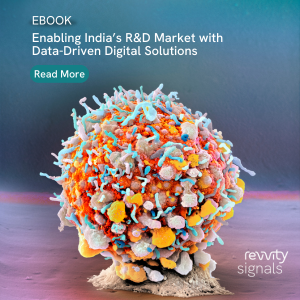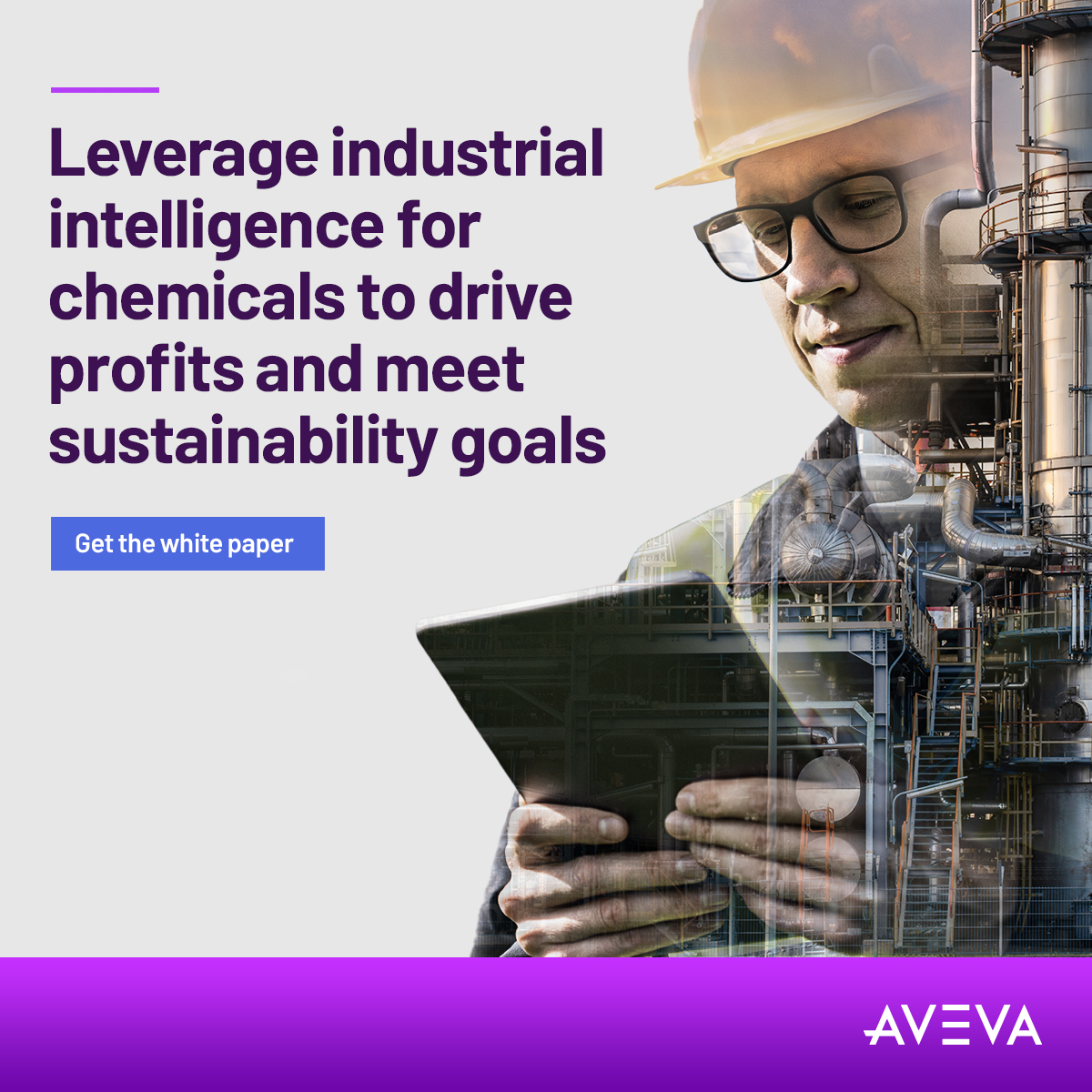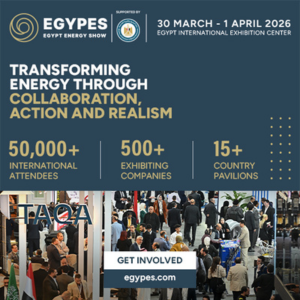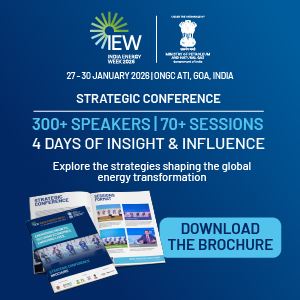Gallery
April 01, 2025
India is a crucial growth market for Rockwell Automation: Matthew Fordenwalt, Senior Vice President of Lifecycle Services, Rockwell Automation
Lifecycle Services is a rapidly growing and significant segment within the industrial automation and manufacturing industries, driven by the increasing need for businesses to optimize operations, modernize systems, and embrace digital transformation. Matthew Fordenwalt, Senior Vice President of Lifecycle Services, Rockwell Automation shares his perspective on the importance of Lifecycle Services as well as India as a market for his company. Excerpts from interview:
How has been Rockwell Automation’s journey so far in India?
Rockwell Automation has been in India for over 40 years, and since COVID, we've more than doubled our employee count. We're growing rapidly in India. I think our legacy and heritage was in some basic industries, especially with our power and control offerings. Today we're investing in Chennai manufacturing. So, our growth in India as a company over these 40 year mirrored diversification of the industries in India.
How would you explain the growth prospects of Rockwell Automation in India?
India is a crucial growth market for Rockwell Automation. We serve industries across the globe. As the Indian manufacturing environment grows with new investments, Rockwell Automation will also grow with our increasing manufacturing footprint, software, product development and Life Cycle Services. With the diversification of industries in India, we'll be growing both the employee population as well as, ideally, market share in India.
Interestingly, there's two different ways to look at it. There's absolute growth within India for India. The ‘Make in India’ movement will drive strong growth in our product business, as well as our Life Cycle Services. India serves two purposes, not just as an end market, but India is also a core hub for us that serves all markets around the world.
How do you see that trend of adoption of automation in the Indian industry?
The Indian market has always been technically savvy. India, today, is in a very unique position. The adoption of automation is crucial for the modernization of legacy industries that have to scale now to meet the demands of a growing marketplace. Automation also becomes important for emerging players in order to enhance efficiency and productivity of plants.
India has an abundance of talented workforce. But to scale India's ambitions, automation is going to become a major driver of productivity. India needs to scale its production to meet the growing demand from the growing population. Manufacturers are going to place plants closer to the consuming population, base industries and processes that are needed for the raw materials for manufacturing plants.
What sort of solution and services that Rockwell offers for SMEs and MSMEs, mainly in the chemical sector?
Our PlantPAx Distributed Control System (DCS) is very well suited for large and towards some of the smaller players in the marketplace. The PlantPAx system helps producers make better, faster process control decisions. This enables producers to respond more quickly to the demands of the customers and fast-changing specifications. We've grown especially in chemical. We've grown tremendously across the globe in these segments as well. PlantPAx, which gives us an advantage for SMEs and MSMEs, is a modern DCS that brings the plant's DCS and balance of plant on a similar platform. The combination of our products and power portfolio is well suited to smaller or emerging players.
How do you explain the role of Life Cycle Services as a core segment of Rockwell Automation, delivering end-to-end expertise to help customers maximize ROI?
The Life Cycle Services segment is one of the three Rockwell segments. We have Intelligent Devices, Software Control and Life Cycle Services. This combines digital technologies with our expansive domain knowledge to help companies address its greatest challenges at all phases of the enterprise lifecycle.
We have 1000s of people in Life Cycle Services, and we're helping businesses transition to smart manufacturing through technology adoption such as industrial IoT, predictive analytics, connected systems, artificial intelligence etc.
For example, we meet the customer where they're at in their journey. Our digital consulting teams engage to understand their ideas of modernization of production processes. We have our Project Engineers to design their systems accordingly. Thereafter, our support and management services help them to run and maintain the facilities and optimize the production for the long term.
Life Cycle Services historically has had a few missions. First is to install a base for automation i.e engaging our customers directly on their most difficult challenges. Thereafter, more importantly, this ensures maximum return on the automation investment by providing the support contracts and services that allow our customers to focus on their industry.
We've executed multiple projects in chemical, mining, metals, cement etc. These plants have driven higher yield, superior quality, reduced energy consumption etc. We're seeing 10 to 20% reduction in energy consumption and an improvement of yield by 5%. We're also driving a lot of digital transformation with our customers. We are applying Artificial Intelligence to the plant's legacy architecture.
You talked about the 10%-20% reduction in energy consumption, automation and digital transformation. How are these contributing to the sustainability initiatives of the company?
We believe automation of the manufacturing process directly goes to Scope 1 and Scope 2. Our variable frequency drives do a tremendous amount of optimization regarding the way power is used in the operation by directly reducing the energy or managing the energy consumption.
With our software portfolio, we're able to look at solutions such as the Factory Talk Energy Manager application that provides energy and production information based on an energy plant model of the underlying process at a plant, process area, line and machine level. Our Energy Manager understands and optimizes energy usage with contextualized analytics. Manufacturers can understand where, when and how their facilities use energy to establish the necessary scope of their energy savings efforts and define key metrics.
Digitalization and automation, while it is simplifying the process, it also makes the system complex. What is your take on this?
We're seeing the convergence of IT and OT. There's a lot of aspects of OT, the physical control over machines and processes to convert materials into either a fluid or a discrete item. Software is advancing rapidly. The days of hardware and software are being combined because of cybersecurity concerns. The world has become much more connected digitally. Online information and the ability to make real time decisions forces one to invest in connectivity. However, connectivity opens more cyber concerns, which means the entire industry is speeding up. The industrial side of the industry is speeding up because the life cycles of technologies are accelerating, and it's pressured by companies' desire to make better decisions, real time decisions based upon real time information. These are market forces that drive the technology adoption curve, allowing companies to reap the benefits from automation.
How the prevailing geopolitical situations are impacting automation?
The geopolitical or economic policy changes do not matter much for automation. Manufacturers are going to have to produce their goods close to customers. So, I do think that there's an opportunity for automation investment, depending upon where companies decide to put their factories. Here, India is on a clear trajectory, given its population, investment in infrastructure to enable companies to put manufacturing closer to the domestic demand of the country. So, I do see that it is a great time for companies to invest in automation. If you're going to put a new factory anywhere, you're going to want it to be automated to be able to react to market demands and be agile. So, investment in automation is a tailwind for us, potentially, but I also think that it's driven by multiple factors, and trade war. Aside from all that, it's a trajectory that's been on course for a number of decades and it will continue.
Your message to the Indian chemical industry?
My message for the Indian chemical industry is that Rockwell Automation is here to partner with chemical producers on their modernization journey. They need to embrace the best of automation and digitization that allow them to be as productive and competitive as possible. We see a huge opportunity to take advantage of our technologies and our domain expertise to help them on their journey.


















